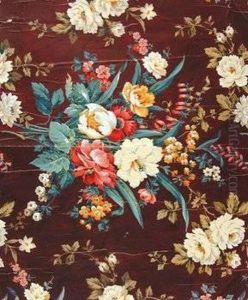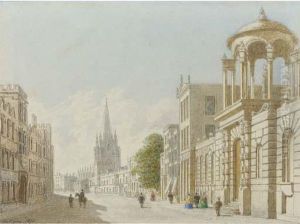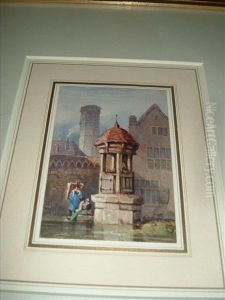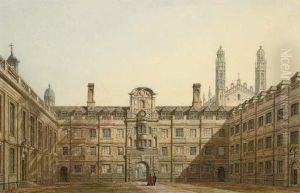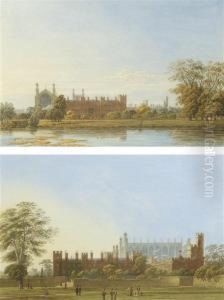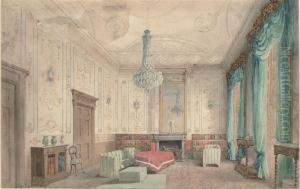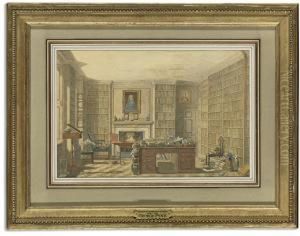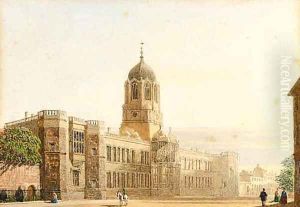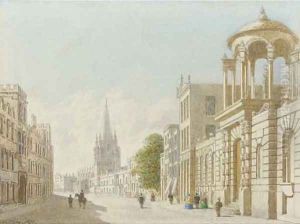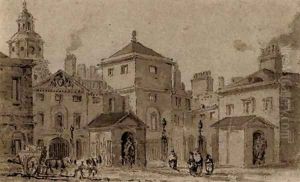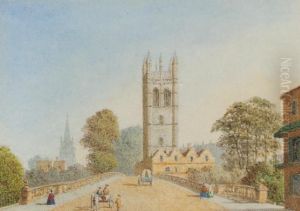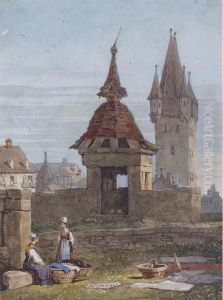George Pyne Paintings
George Pyne was an English landscape painter and draughtsman, known for his detailed and picturesque works. Born in the year 1800, he was part of a family with a strong artistic tradition. His father, William Henry Pyne, was also an artist and writer, which provided George with an early exposure to the world of art.
George Pyne's works were characterized by their meticulous attention to the architectural and natural details of the landscapes he depicted. He often painted English country houses and their surroundings, showcasing the beauty of the countryside. His works resonated with the Victorian era's fascination with nature and the idyllic rural life.
Throughout his career, Pyne exhibited his works at prominent institutions such as the Royal Academy and the British Institution. His paintings were celebrated for their vividness and the way they captured the essence of the locations he chose to depict. Despite being less well-known than some of his contemporaries, Pyne's contributions to the English landscape genre were significant.
He wrote several instructional books on drawing and painting, sharing his extensive knowledge and techniques with aspiring artists. These books were well-received and provided insights into the artistic practices of the time.
George Pyne continued to paint and teach throughout his life, leaving behind a legacy of works that continue to be appreciated for their charm and historical value. He passed away in 1884, having spent over six decades enriching the world of art with his detailed landscapes and educational endeavors.

